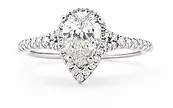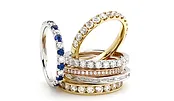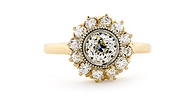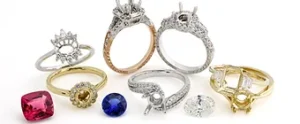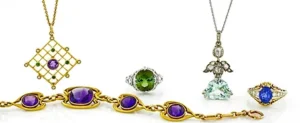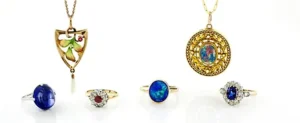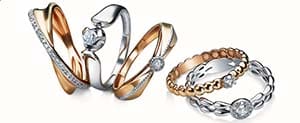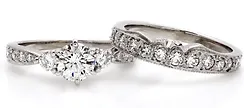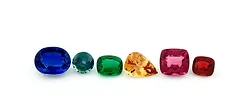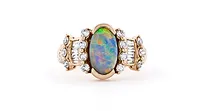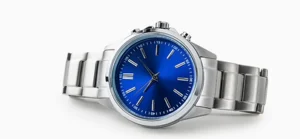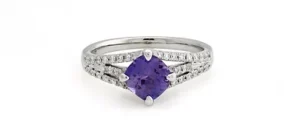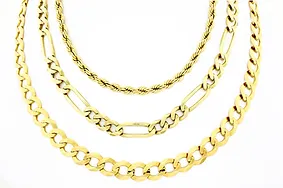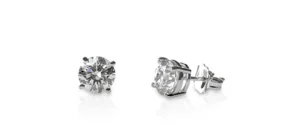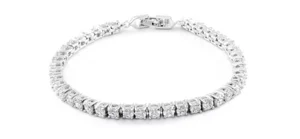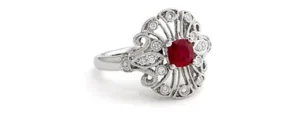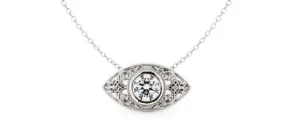Victorian Jewelry • Victorian Jewelry Box • History
The History of Victorian Jewelry can be as far ranging as you care to make it, and by Victorian, we mean jewelry that was worn during the reign of Queen Victoria of Great Britain (1837-1901). Victorian Jewelry Boxes were quite popular during this period and are a much sought after Victorian Antique Jewelry item. After Victoria became Queen her choices of jewelry influenced the industry as they do today with younger princesses influencing their followers to copy their clothing lines and styles.
Attributing antique jewelry to the particular era in which it was made can be quite difficult. One must use a combination of clues like the design of the piece, manufacturing techniques used, materials and gems present, as well as intended use of the item to establish an approximate age. Thus it is with a blend of resignation and frustration that I often see jewelers and antique dealers misidentify or inaccurately attribute a piece, and it seems that the most frequently overused but misunderstood period was the Victorian Era. If you were to search for photos of “Victorian jewelry” on Google, you would doubtlessly see pieces made anywhere between 1750 and 2016! So if you are interested in learning more about the Victorian Era and what makes a piece truly Victorian: keep reading.
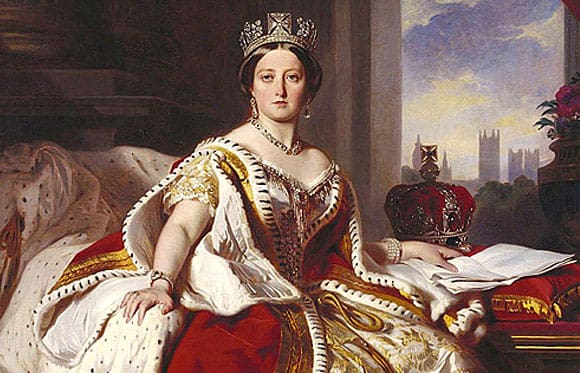
The Victorian Era is the name given to the period in which Queen Victoria sat on the throne of Great Britain, roughly 1837 to 1901 (the above painting is her official coronation portrait from 1837). Her ascent to the throne came after years of the “George Kings” whose reigns had been blackened by years of war (the war of American Independence and the decades of war with Napoleon, just to name two) and public scandals. Thus the people of Great Britain were ready for a new, more optimistic era. People today can be understandably confused by the fact that an entire era of history and design would be named after the long-gone monarch of a small nation. But when Victoria ascended to the throne in 1837, she became the Queen of Great Britain, Empress of India, as well as the Queen of the Commonwealth Realms such as South Africa, Australia, and Canada. Thus her sphere of influence covered the entire globe- and her presence was amplified by the advent of mass media, making Victoria one of the first ever celebrities.
 |
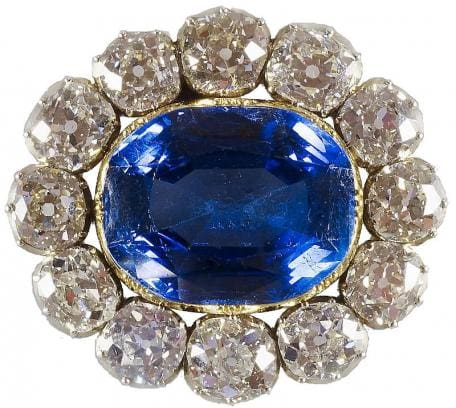 |
Victoria’s wedding portrait (shown above wearing her ‘something blue’ gift from Albert, the sapphire brooch at right) was reproduced in newspapers around the globe and her likeness was made into prints and fabrics used to decorate homes, so she quickly became a fashion icon. Her dressmakers supplied her with the best and newest designs which would then become the height of fashion for the following season. Fortunately for antique jewelry lovers, Victoria also had amazing taste in jewelry. Items of jewelry were the most common gifts given to the young queen, and she loved it! Her passion for jewelry led her to redesign many of the royal pieces she had inherited, and these pieces featured prominently in her portraits. Once her jewelry had been seen, all of the fashionable ladies wanted to have something similar, and talented jewelers poured into England from around the world to supply the queen and her wealthy subjects with the latest jewels and baubles.
According to Antique Jewelry University, the Victorian Era can be separated into three segments, each with its own unique history that influenced jewelry design. The first segment is known as the Romantic period, from 1837 to 1860. During this period Queen Victoria ascended to the throne, and after a whirlwind romance married Prince Albert. The two were inseparable, and they gave the country a model of what a happy marriage could be. On a national level the British economy was booming and they were not involved in any major conflicts. Thus the entire country had an upbeat and positive attitude, which was reflected in jewelry designs of the era.
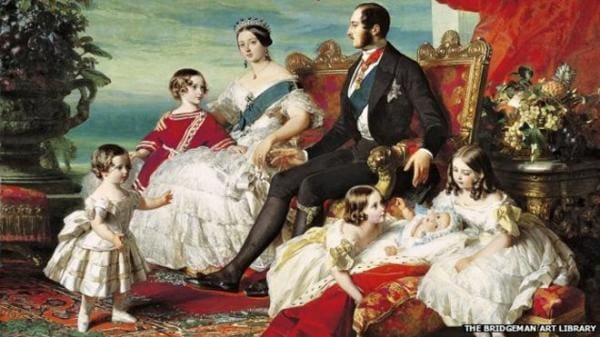
During this period people were very nostalgic about bygone eras. Discoveries in Egypt sparked interest in ancient designs like scarabs and goddesses (below right), while themes common in the Middle Ages were re-popularized, such as moons, stars, and crosses. The most popular items of jewelry during this period were rings and bracelets, often covered in metal work or enamel then set with diamond designs. Sleeveless gowns allowed women to wear wide bangle-style bracelets and to stack slimmer ones, which were made in gold and silver. Victoria’s engagement ring was an emerald-studded snake, so snake rings became a must-have item, often set with pearls, garnets and diamonds. In this early 1840s Victoria purchased Balmoral, an estate in Scotland, due to her love of her Scottish heritage. She also began collecting Scottish antiques and jewelry, which popularized ancient Scottish motifs in jewelry such as kilt pins, Celtic crosses, and agate jewelry (two examples shown below left). These items were usually brooches or bracelets and were made primarily in silver with regionally sourced gems.
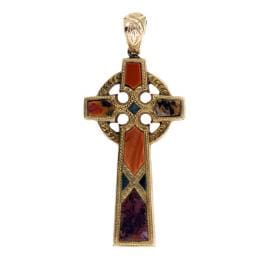 |
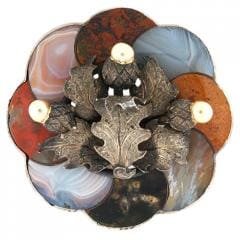 |
 |
During this time period jewelry was still entirely hand-fabricated, so older techniques like cameo carving, hand chasing or metal carving, and enameling were employed to make new bold designs. There was much emphasis on fine and detailed design work, versus the chunkier and less elegant Georgian designs. It should also be noted that Prince Albert was also a jewelry connoisseur, and he worked with the famed jewelers of the era to give Victoria priceless gifts. He also commissioned these jewelers to make items based on his own designs, and he was known for finding the best talent in the jewelry world to work for him. (Below are a grouping of items common in this period)
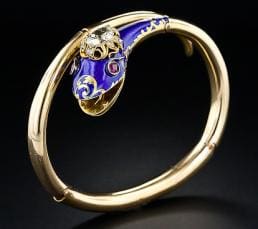 |
 |
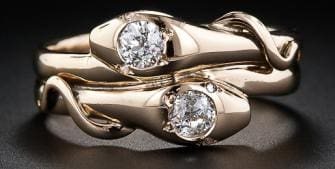 |
The second period is often known as the Grand Period, and it occurred between 1861 and 1885. This period is aptly named, as more changes in the jewelry world occurred in this 24 year time period than in the entire preceding century! The first main theme of this period was sparked by Victoria’s personal losses, the Queen Mother in the spring of 1861, quickly followed by the passing of her husband Albert. One cannot overstate the impact of Victoria’s mourning (photographed below). She followed the rules of society to a tee, wearing black and avoiding leisure for years after his passing (in fact, she remained in a state of semi-mourning until she died). The entire British society followed suit, adapting mourning clothes in honor of Albert. This resulted in a huge production of mourning jewelry. Black gems like Whitby Jet, Onyx and Tourmaline that were carved or fashioned into brooches and lockets to be worn as accessories to mourning clothes. We also began to see jewelry made from hair or incorporating miniature paintings used to commemorate the lost love one (below right).
 |
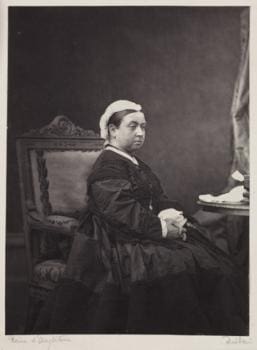 |
 |
While fashionable society was in mourning, businessmen and scientists were making leaps and bounds. First, new alloys of gold and silver were invented. British and French laws were changed so that jewelry no longer had to be 18k or higher, but could be made using 9k, 12k, 14k, 15k, etc. This resulted in jewelry being more affordable, but also more durable for everyday use. This period also saw the first uses machinery to create jewelry. Across the US and England factories were being built to house machines that could make jewelry components in mass, but there were also companies that could make complete pieces using stamped metal. These pieces were made using steam-powered presses that could make larger and intricate gold jewelry with less weight and less man hours, so the pieces were more affordable than ever. (This era is seen as an inspiration for steampunk artists.) Mechanization was also brought into the gemstone industry during this period. Diamond cutters in Antwerp and Paris were able to use machine powered saws and polishing wheels, allowing greater control over diamond cutting. Thus we started to see fewer rough-cut and rose cut diamonds, and more antique cushion and mine cut stones (like those below). While the mine cut diamonds were still cut by hand, they often used mechanized tools to do so, so there was more precision involved, resulting in diamonds that were more sparkly.
 |
 |
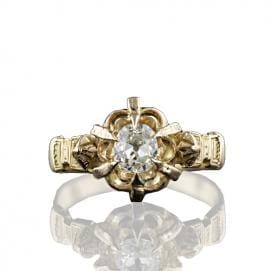 |
The Grand Period also ushered in new gemstone discoveries. Most importantly vast amounts of diamonds were discovered in in South Africa. The new diamonds mines were of top quality, adding to the allure of an already coveted gem. Furthermore the mines produced diamonds in enough quantity to make diamonds more affordable, so they began to be used in abundance. It was during this era that we first saw diamond “halos” around colored gemstones, diamond stud earrings, and even diamond engagement rings. This era brought several other amazing gem discoveries. Two incredible gems were discovered in the Ural Mountains of Russia: color changing alexandrite (below left) and the rare green garnet Demantoid. In Australia amazing opals were found near Lightning Ridge and Coober Pedy, and they were to become Victoria’s favorite gem (below right). The result of the “hype” surrounding these gem finds was an increasing demand and use of color in jewelry.
 |
 |
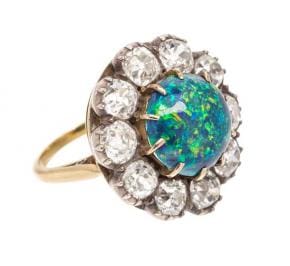 |
The last period of the Victoria’s reign was the Aesthetic Period which lasted from 1885 to Victoria’s death in 1901. As Victoria got older and she continued her mourning for Albert, she was no longer is the spotlight as much as in her youth. Thus society and fashion started to revolve around newer personalities like her son Prince Edward, New York Socialites, Princess Alexandra of Russia (pictured below left, she was a jewelry icon), and Parisian designers. This period marked a reversal of prior trends in that society was more excited about new discoveries and new technology, and less excited by past events. Designers shook off the cloak of mourning and broke out with new styles, bold looks, and lots of color, like the ladies in the below right image.
 |
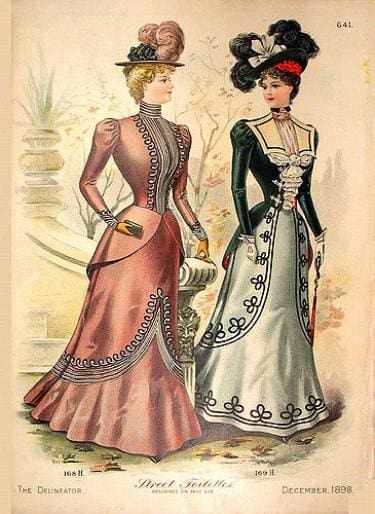 |
In the early 1890s an emphasis was placed on wearing multiple smaller pieces over larger statement pieces. Dainty and whimsical brooches were in abundance, especially stylized animals and insects. Women also started to wear lockets and pendants on long chains over their dresses instead of choker length necklaces. These often contained photographs of loved ones, the lockets often took the shape of a heart encrusted with pearls or engraving (below left). Many of the best jewelry designers made elegant pieces with multiple smaller components, like lavalier pendants and negligee necklaces that used multiple smaller diamonds and gemstones in intricate and lacy designs (like the Tiffany piece featuring a fine sapphire and diamonds, below right).
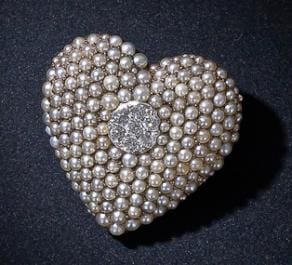 |
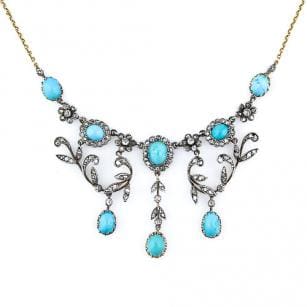 |
 |
Toward the end of the 1890s innovation really started heating up. At home, many houses now had electric lighting, and a few people even had motorcars! These innovations allowed artists and artisans to flourish with new styles. Many goldsmiths started using silver-topped gold, which provided a neutral background for white diamonds to shine from. Likewise artists began experimenting with glass enamels and new ways of using old materials. But the key innovation that changed the jewelry world was the invention of mass marketing. By the 1890s there were several high-profile magazines dedicated to women (an early example is shown below left). They featured the latest designs, tips for homemakers, and places for companies to advertise. Thus women around the world could see the jewelry Princess Alexandra was wearing, and on the very next page see a similar item advertised to purchase. In the US, companies like Sears were capitalizing on mass production technology to sell jewelry to women via catalog (a similar catalog is shown below, turned to a page advertising brooches). Similar publications existed in the jewelry and art community allowing artists to see what others were doing and making around the globe. Art and jewelry expositions allowed the public to come and see the famed artists and their designs.
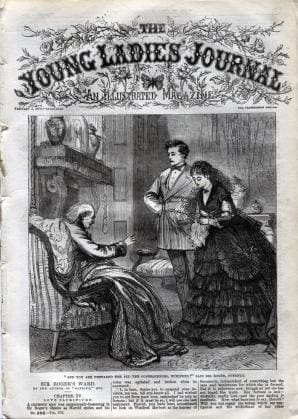 |
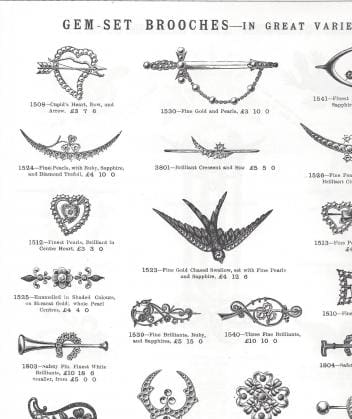 |
During this time the classic jewelers like Girards of London and JE Caldwell continued to make fantastic pieces but the new names in the industry made their fame via innovation. Rene Lalique took his inspiration from his work in glassware and created exotic jewelry featuring leaves and vines, insects and beautiful women, all expertly crafted in enamel- the basis for the Art Nouveau movement. Artists like Merle Bennet and William Morris worked with less refined materials, instead focusing on texture and unique gems- their work became the basis for the Arts and Crafts movement. Other master craftsmen of the era combined design influences from both of these movements- names like Tiffany and Cartier that are synonymous with quality and style even today. Below, from left to right: a Cartier pearl, diamond and enamel brooch, a Louis Tiffany opal and enamel brooch, and a Lalique enamel, sapphire and pearl brooch.
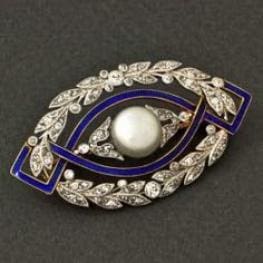 |
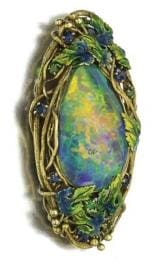 |
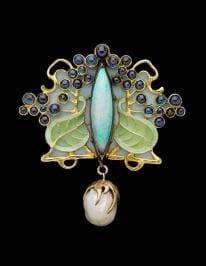 |
The Victorian Era came to a close with the death of Victoria in 1901. Her passing sent the world back into mourning, but it seemed like nothing could hold back the optimism of the era, so the mourning period didn’t last long. Instead the jewelry world looked forward to even more progress- like modern diamond cutting, the use of platinum, and other innovations that would keep the momentum of new and exciting jewelry designs continuing into the 20th century.
Sources: “Answers to Questions about Antique Jewelry” by C. Jeannine Bell, “Starting to Collect Antique Jewelry” by John Benjamin, and I owe a huge thank you to Antique Jewelry University, a sub-page of Lang Antiques, for the use of their photographs and tons of information. For further reading visit their webpage.
For more information on Victorian Era Jewelry contact us at FWCJ.

